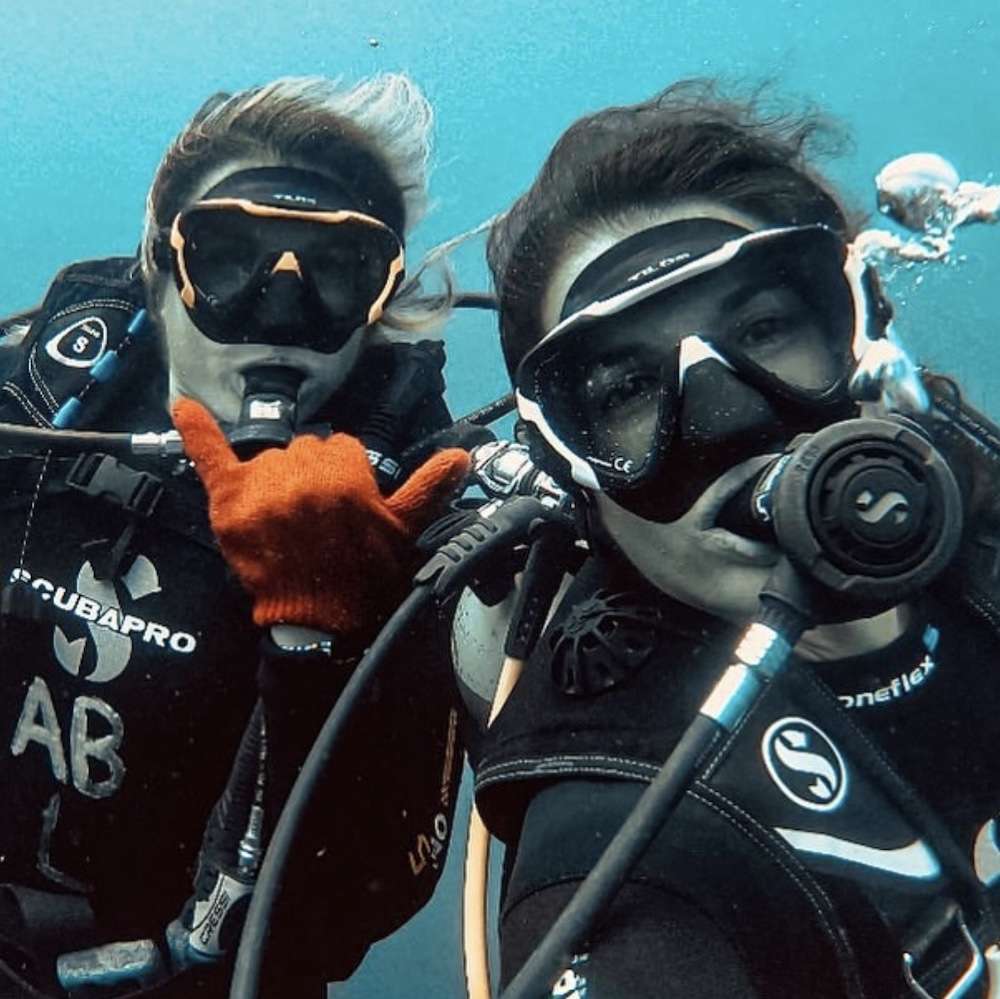In Partnership with Flit for Flight
Having a career as flight attendants, we are always shuffling from city to city and spending our time in airport terminals. In our experience, it can be hard to have a normal routine and keep up with daily regimens, including healthy eating habits.
You can bet we know a thing or two about which foods you should eat and which ones to avoid on the plane. They say flight attendants have some crazy stories, so trust us when we say there are food options for air travel made by some passengers that are just “plane” awful (pun intended).
We are here to serve you a list of snacks and meals that DO qualify as air travel-friendly food and which items are a non-stop ticket to just DON’T.
DO eat these on the plane:
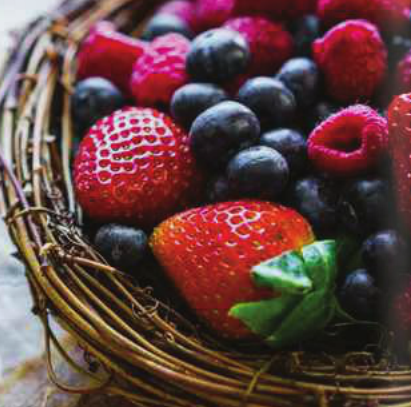
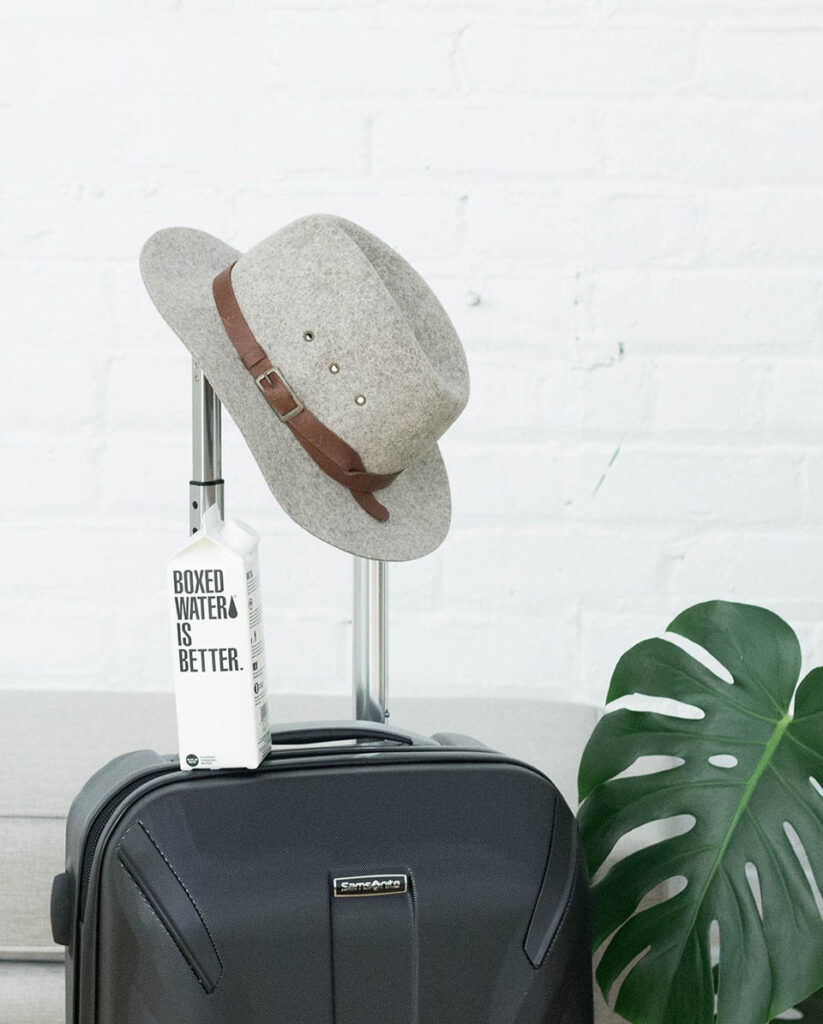
FRUIT
Fruit such as bananas, oranges and berries makes great snacks for plane travel. The potassium in bananas helps combat muscle cramps and aids in digestion.
Vitamin C in oranges and antioxidant properties in berries help support your immune system, which becomes susceptible to all kinds of germs when you’re enclosed in a metal tube with a hundred other passengers.
Raspberries, blueberries, and small tangerines are some of our faves for being fit for flight.
VEGGIES
Cucumbers, tomatoes, and celery contain over 90% water, keeping you hydrated for a plane ride. Salads also make a great option, but be sure to opt for spinach or lettuce and avoid coniferous veggies like kale that can be harder to digest and cause bloat/excess.
PROTEIN
Food high in protein can help you stay full, especially on longer flights. Grilled chicken wraps or deli sandwiches are great meals on the plane. You can usually find protein bento boxes at airports that have options with cheese, crackers and deli meats, along with some fruits.
Protein bars or shakes come in handy when you need a small yet filling snack. ONE brand protein bars and Owyn plant-based protein shakes are two of our fit for flight go-to’s when we are in a rush.
WATER
As the air pressure decreases in the cabin, the gas in your stomach increases, causing it to expand. Drinking plenty of H2O will not only help with bloat but keep you hydrated, as the air in the cabin can dry out your skin.
Coconut water is a great source of hydration with essential electrolytes that keep you well-hydrated even if you fall asleep and forget to sip on water throughout the flight.
Of course, with a list of DOs, a list of DON’Ts has to follow. These are the foods that should be avoided – many of which we have dealt with firsthand!
Don’t eat these on the plane:
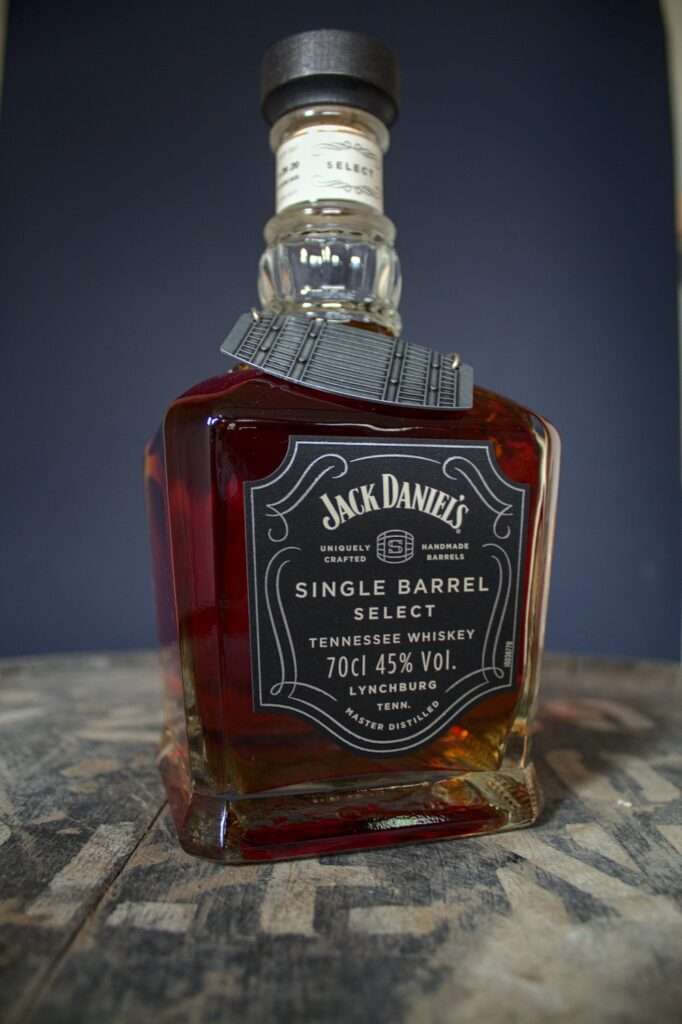
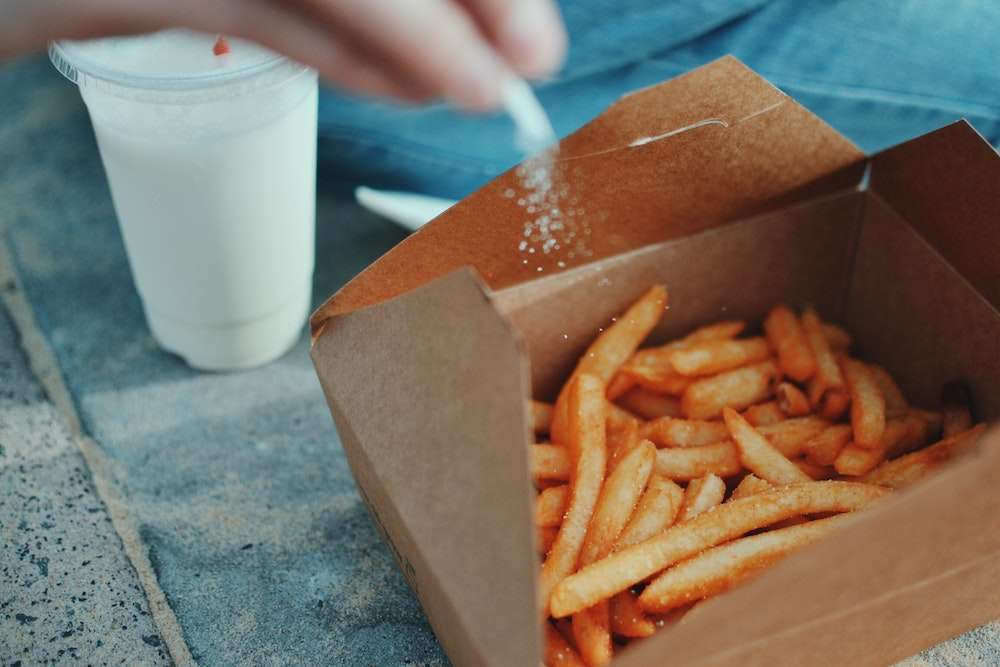
FRIED/HIGH-SODIUM FOODS
Fried foods tend to be high in sodium and fatty oils, causing your body to bloat or swell. Not to mention, the whole cabin can smell like a fast food joint.
Processed foods high in salt, like potato chips, are also a no-go. Don’t be the guy who tips the bag over your mouth to devour every last crumb. You’re not on the couch at home.
SMELLY FOODS
Let’s just make it a point not to bring the following: tuna, seafood, garlicky foods, or hard-boiled eggs.
We once had a passenger who brought on a carton of his own hard-boiled eggs and another who thought a bowl of clam chowder was a great idea, making the whole plane smell like a fish tank.
The bathrooms on the plane are odorous enough, if you know what we mean.
MESSY FINGER FOODS
Avoid anything that requires setting up, like sushi, or taking apart, like cracking open nuts. We may walk down the aisle selling items on board, but please don’t get this confused with vendors at a baseball stadium. We once had a passenger spit his sunflower seeds all over the floor. Yuck.
ALCOHOL
Too many alcoholic beverages can cause dehydration while flying. If you decide to have a personal happy hour, don’t be that passenger that comes on board drunk.
We have had to kick a few off our flights, like the guy wishing everyone a “Happy New Year!” as he stumbled down the aisle on a December 31st flight. If you do plan to have a drink on the plane, make sure you drink plenty of water to stay hydrated in between glasses.
Whatever you bring on the plane, DO be sure you eat. If you don’t eat, your blood sugar levels can drop, making you feel weak or shaky. The last thing we want as flight crew is a medical emergency, so we’ll take the greasy burger or chip crumbs any day over a medical event.
Fit for Flight
We’re Casey & Shelby, twins and flight attendants who aim to help those who live an on-the-go lifestyle balance their fitness and health.
Our book, Fit for Flight, was created to share tips, tricks, and hacks for fitness, health, and travel.
Being fit for flight doesn’t mean being healthy solely from a physical standpoint; it also means taking care of your mental health when you travel. We love helping others and being able to tie it into our careers.
It’s our passion to share our knowledge so you can see and enjoy all the world has to offer without sacrificing your health.
Our Instagram page is where we post free workouts and travel tips and share our adventures. Connect with us @fit_forflight.


